Discover and read the best of Twitter Threads about #IbnArabi
Most recents (17)
The seminarian philosopher and polymath Āqā-ye Ḥasan Ḥasanzāde Āmolī (b. 1307Sh/1928) passed away yesterday 25 September 2021 - a 🧵 on his life and works #ShiiPhilosophy #mysticism #ʿerfān #ḥekmat 




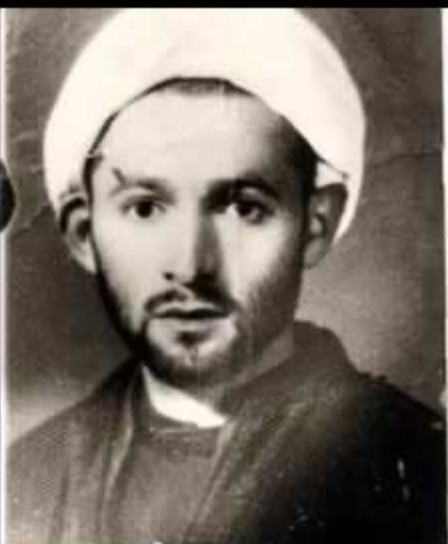
As his name suggests, he was born in Āmol and began his seminary studies there and only moved to Tehran as a young man in 1950 to continue his studies 2/
In Tehran, he studied philosophy and mysticism with a major teacher at the Madrasa-ye Marvī, Shaykh Muḥammad Taqī Āmolī (1887-1971) best known for his work on #Avicennism and his glosses on Sharḥ al-manẓūme of Hādī Sabzavārī (d. 1873) 3/ 





The Chishtī Ṣābirī Sufi Shāh Muḥibbullāh Ilāhābādī is perhaps one of the most celebrated figures in Mughal intellectual history, acting as a confluence of the school of #IbnArabi #Avicennism and engagement with the court and #PersoIndica 1/ 

He is actually presented within the long and significant engagement with the school of #IbnArabi in North India and juxtaposed (at least in the much later reformist historiography) against the 'Naqshbandī' reaction of Shaykh Aḥmad Sirhindī (d. 1624) against monism 2/
He is sometimes co-opted into the polemics between the rigid 'Islamicity' of Aurangzeb and the 'liberal' tradition of Akbar and Dārā Shikoh - as one sees here jstor.org/stable/4414114… in which liberal is short for syncretic 2a/
#manuscripts MS King Abdul Aziz Library Riyadh 906 #IslamicPhilosophy Mawdih al-diraya Li-sharh bab al-hidaya of Ibn Abi Jumhur al-Ahsa’i (d. 909/1503) 1/ 





IAJ was a prolific author in theology #fiqh philosophy on the cusp of the #Safavid period and there is a Institute devoted to publishing his work based in al-Ahsa headed by Sayyid ‘Ali al-Musa 2/ 



His best known works are his massive al-Mujli a combination of insights from #Shii #kalam #Avicennism #IshraqiPhilosophy and the #Sufism of #IbnArabi 3/ 



#manuscripts Ms Majlis-e Shura-ye Islamic 1783 is a collection that includes the famous commentary on Fusus al-Hikam of #IbnArabi by Da’ud al-Qaysari (d. 1350) as well as various epistles #Sufism 1/ 




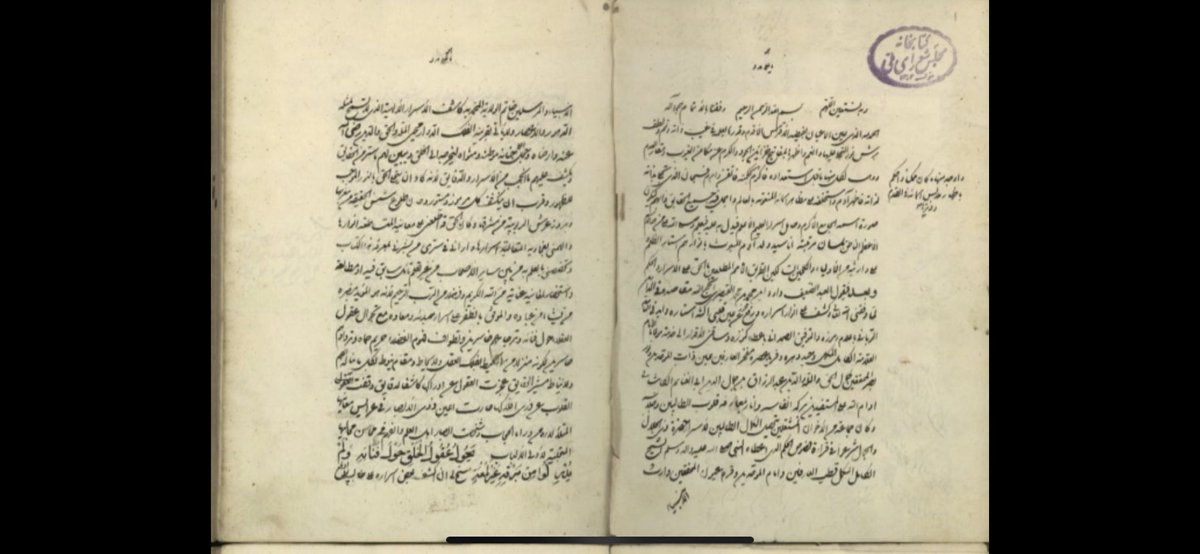
Those rasa’il are mainly by the famous #Nimatullahi #Sufi Muhammad Ja’far Kabudarahangi Majdhub ‘Ali Shah (d. 1823) who was a prominent scholar - I’ve mentioned him in threads on #Sufism in #ShiiIran before 2/
His interests ranged across #philosophy #mysticism, and #literature and he also wrote refutations of #ChristianPolemics 3/
Back in 2011 I was standing on a pavement in Qum taking a picture of a small car park - and being rather quick about it - because until a few years before it had been a centre for the #Gunābādī #Sufis - a thread on #Shii #Sufism 1/
The place of #Sufism within a #Shii context since the #Safavid period has increasingly become contested but orders have survived into the present and different levels of accommodation found in post-79 #Iran 2/ 





The late Leonard Lewisohn's two part article in #BSOAS is a useful if at times polemical summary of the #Sufi orders in modern Iran and their history cambridge.org/core/journals/… 3/
Once in Cairo he married his lawyer’s daughter in 1934 and also joined the #Hamdiyya #Shadhiliyya founded by Shaykh Salama al-Radi (1867-1939) - in this period he also first met #Schuon in 11/ 
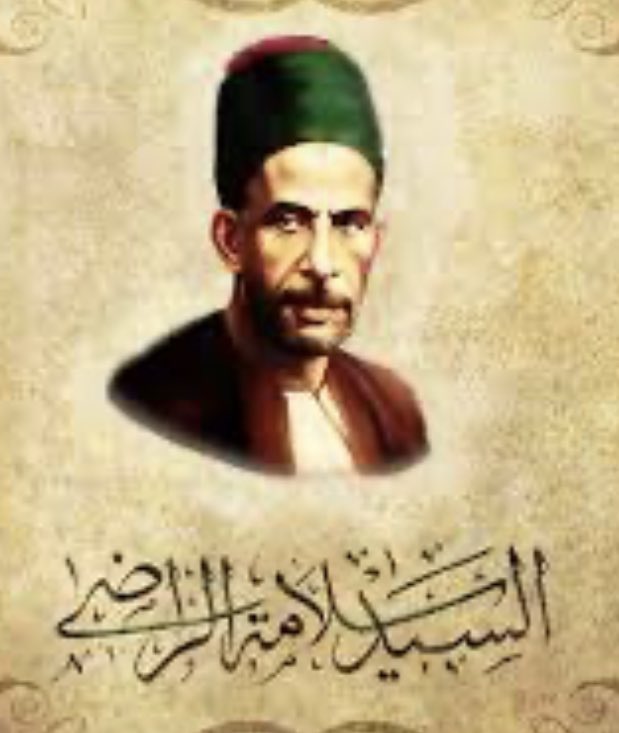
By the end of the 1940s he had broken with #Schuon and no longer referred #Muslim #traditionalist adepts to him instead referring them to #Valsan - he disapproved of the ‘shallow’ #universalism and forgoing of #Muslim ritual of #Schuon instead of his own #traditionalism 12/
Dying in 1951, his funeral included close associates later disciples of #Schuon such as Martin Lings (1909-2005) a professor of literature at #CairoUniversity and Whitall Perry (1920-2005) before being buried in the tomb complex of his father in law 13/ 



René Guénon’s association with #Islam and #Sufism is seen sometimes in connection with his acquaintance with ‘Abd al-Halim Mahmud, Shaykh #AlAzhar 1973-1978, defender of Sufism and author of a short book 1955 on #Guénon 1/ 





However, his #Sufism is never far removed from his #traditionalism and in the earliest period it seemed to have been associated with his engagement with esotericism before WW1 #Paris 2/
His first initiation into #Sufism along with initiations into #Buddhism and #Freemasonry began during his period in the #GnosticChurch and his work on #LaGnose journal when he met Ivan Aguéli in 1909 3/ 
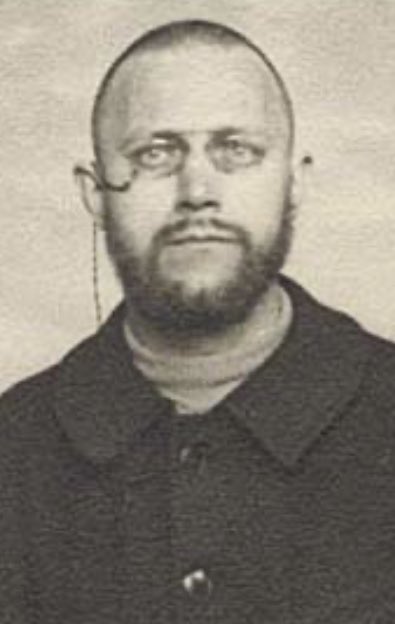
One of many copies in the #BritishLibrary of al-Tuhfa al-mursala ila (ruh) al-nabi of the (Shattari?) Muhammad b. Fadlallah Mubarakpuri (d. 1619) 1/ 

#Mubarakpuri wrote the work in 1590 and emanating from Western India into the #Indianocean and #SEAsia it became a major and simple conduit for the dissemination of the #IbnArabiSchool and its metaphysics 2/
In libraries around the world there are numerous copies as well as studies and editions and translations by the like of A.H. Johns books.google.co.uk/books/about/Al… 3/
#covid19 has lead to more people placing their teachings - sometime impromptu online - although of course seminaries have been doing this for ages #IslamicHumanitiesOnline 1/
I present two examples here - one in #Urdu and one in #Persian - the first is Raja of Mahmudabad, not exactly a traditional seminarian, on the #Persian classic the #Masnavi of #Rumi 2/
The second is Sayyid Salman Safavi’s #Persian series on the #Arabic Sufi classic #FususalHikam of #IbnArabi 3/
#Intisharat_e_mawla published the works of Muhammad Husayn Fazil-e Tuni (1880-1960), a famous teacher of Arabic literature and philosophy in #Tehran whose students include Javadi Amoli, Hasanzadeh Amoli as well as the historian of Persian literature Zabihollah Safa (1911-1999)1/ 



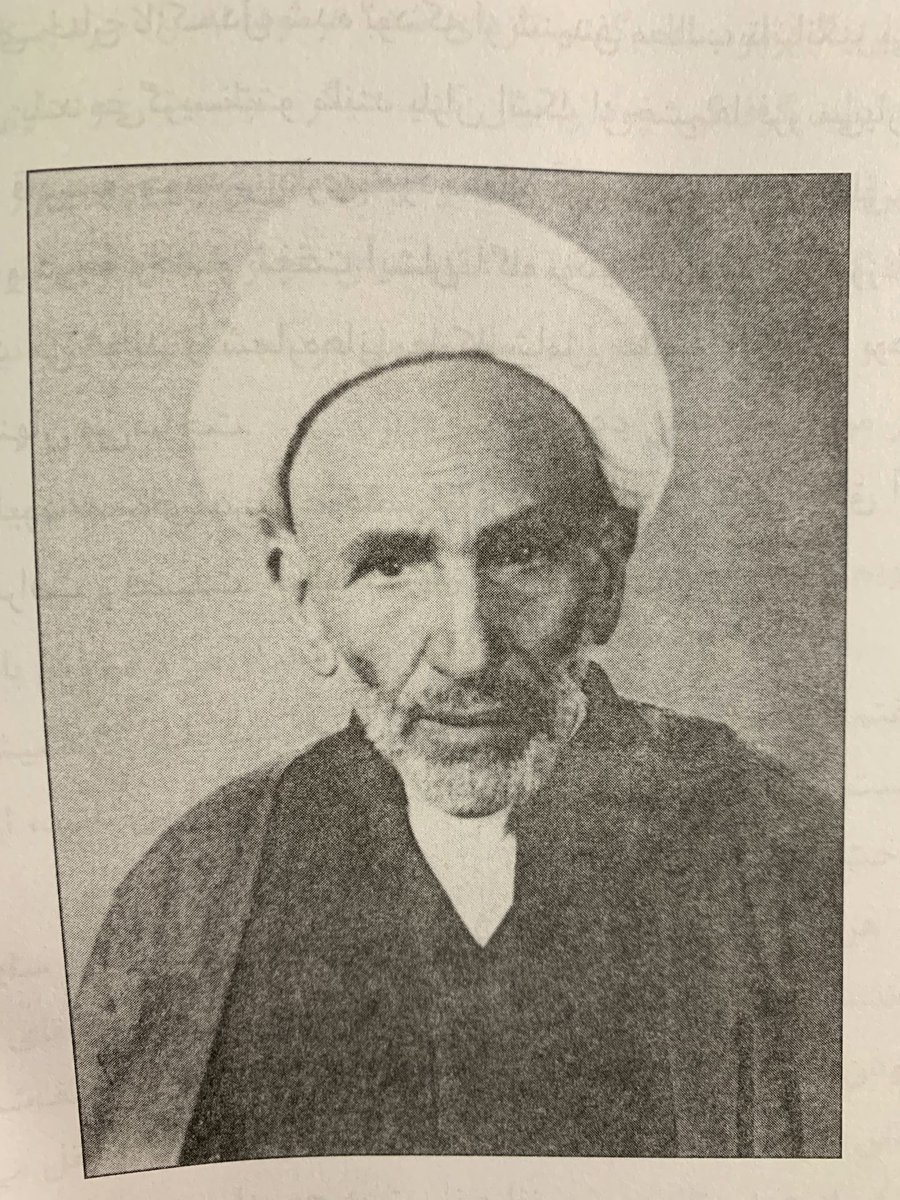



After studies in Arabic literature, grammar and rhetoric at Madrasa-ye Navvab #Mashhad, he moved #Isfahan where he studied with Jahangir Khan Qashqai (1827-1910), Shaykh 'Abdullah Gulpayigani & Mirza Muhammad Husayn Fisharaki (d. 1932) the latter students of Akhund Khurasani 2/ 



with Qashqai for 6 years, he studied the #Manzume of #Sabzavari (d. 1879), the #Shifa' of #Avicenna (d. 1037), and the #Tamhidalqawaid of #IbnTurka (d. 1432), a text that was emerging in the later #Qajar period as a tool for teaching philosophical mysticism #Irfan 3/ 



A thread on #IbnArabi in #SouthAsia people consider the main conduit to be the #Chishti Sufis and their ethical principle of #sulh_e_kull which is assumed to be an expression of #wahdatalwujud 1/
first link is the famous poet Fakhr al-Din Iraqi (d. 1289 in Damascus), a disciple and son in law of #BahauddinZakariyya in #Multan later moved to study with Qunawi and was present at Rumi’s funeral in Konya - later commentators on the #Lamaat linked his verses with #IbnArabi 2/ 

Persian verse was a major conduit for the dissemination of the metaphysics and hermeneutics of #IbnArabi and for the later tradition two key works were prominent 3/
#IbnArabi (d. 1240) is famed for his monistic doctrine of #wahdatalwujud although #WilliamChittick ibnarabisociety.org/articles/qunaw… has pointed out he never used the term preferring al-wujud al-Haqq or similar #SufiMetaphysicsContested 1/
In the immediate generation after him the meaning of God as the only existent or rather the ‘absolute being’ (al-wujud al-mutlaq) was debated by his step-son Sadr al-Din Qunawi (d. 1274) with the Avicennian philosopher Nasir al-Din al Tusi (d. 1274) books.google.co.uk/books/about/al… 2/
Ibn ‘Arabi’s metaphysics were rapidly adopted by Persian poets like Maghribi (d. 1408) and by theologians leading to further contestations between Sa’d al-Din Taftazani (d. 1389) and ‘Ali al-Jurjani (d. 1413) the famous disputants at the court of Timur (d. 1405) 3/
This intriguingly titled book on the #Shii nature of #IbnArabi is by Muhammad Hasan Vakili (b. 1980) a young mullah based in #Mashhad who defends Sufism and is associated with the school of #HusayniTihrani #ShiiSufism 1/ 

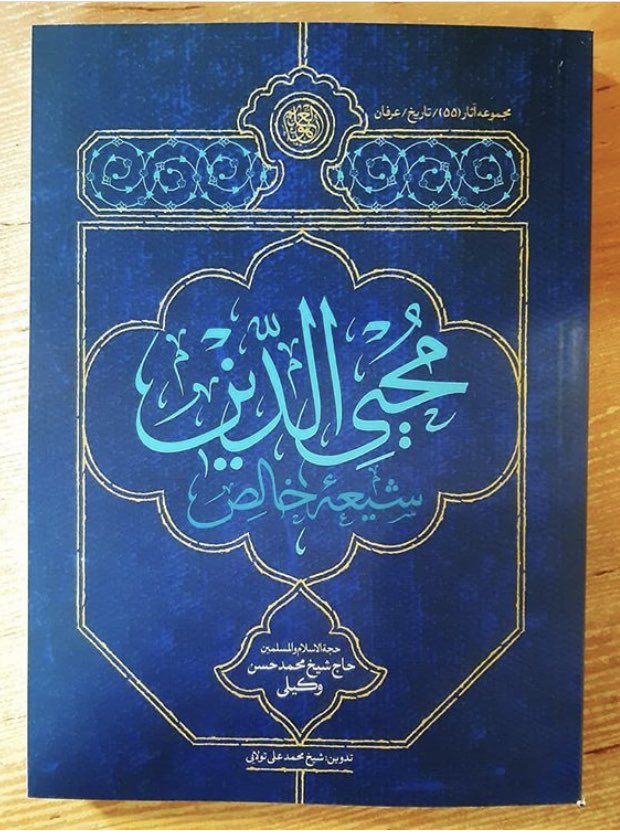
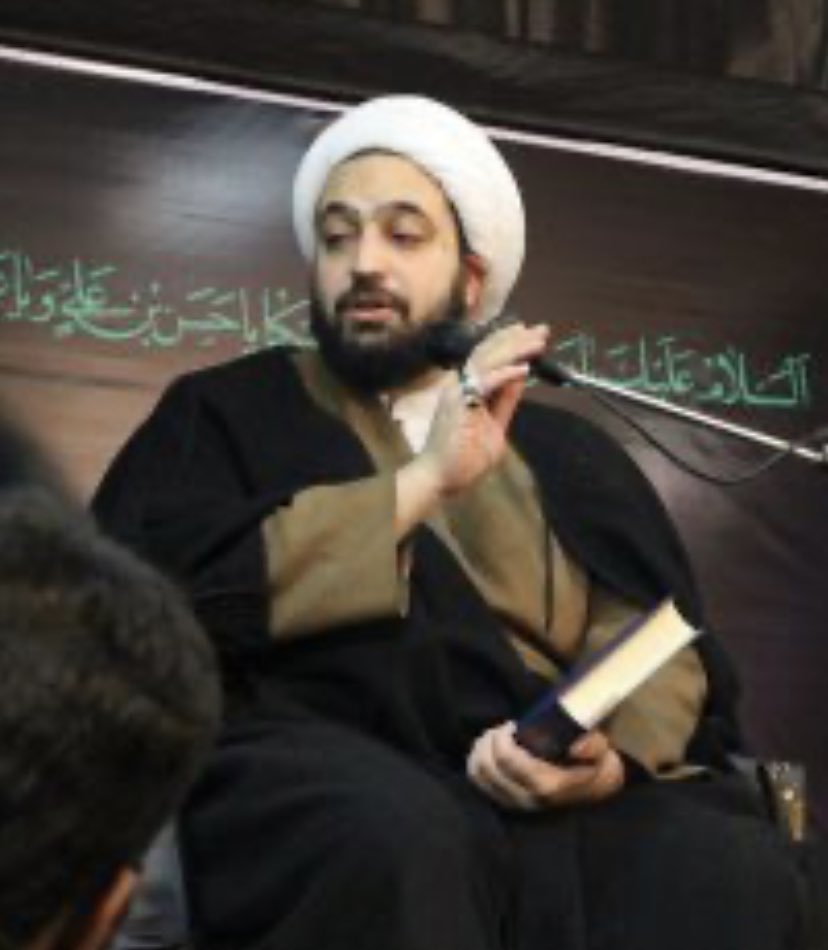
mhva.ir/about/ his own bio on his site makes major claims for him as a heir to the school of #HusayniTihrani which convinced him to go to the #hawza in #Mashhad 2/
Sayyid Muhammad Husayn Husayni Tihrani (1926-1995) is one of the more interesting and prolific writers on #ShiiSufism especially his biography of the Karbala based ‘mystic’ Sayyid Hashim Haddad (1900-1984) and on his own teacher ‘Allama Tabatabai (1899-1981) 3/ 


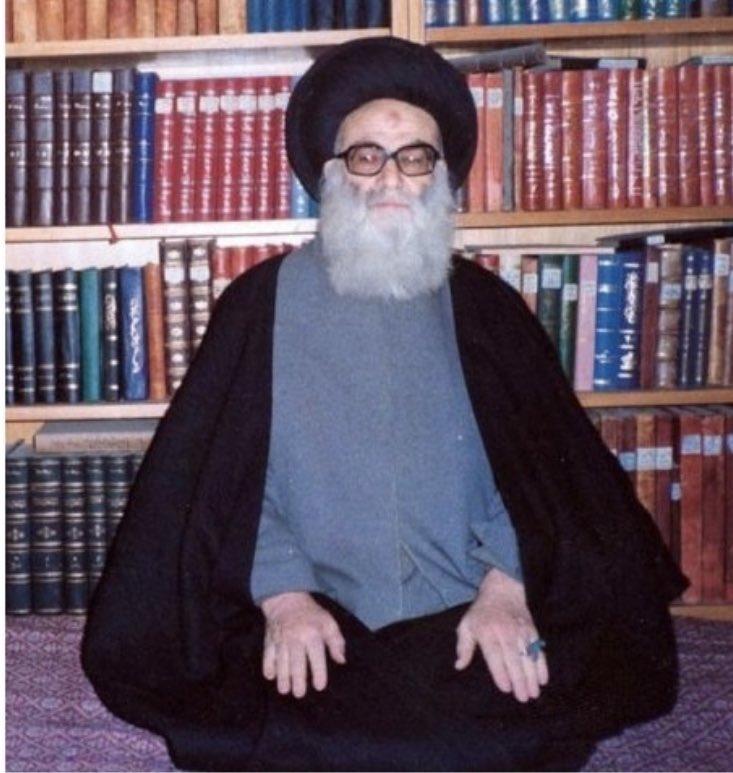
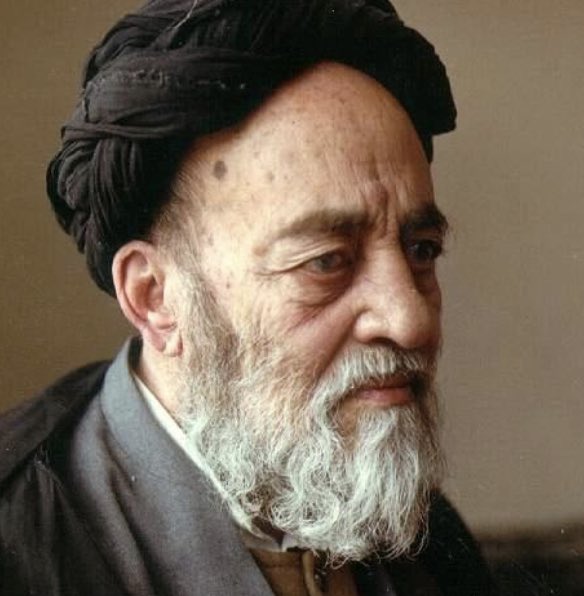
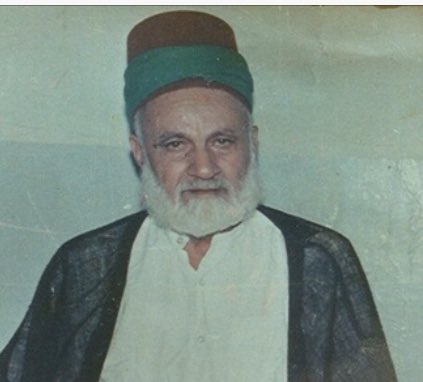
#Sufism Mu’ayyad al-Din Jandi (d. C. 1300) best know probably for being a commentator on #FususalHikam and link between #Qunawi and #Kashani work produced by renowned editor Najib Mayil Hiravi 1/ 

Part one is on #SufiMetaphysics on the nature of God, the cosmos and the mediating reality of the #PerfectHuman #insan_kamil 3/
Picked this up last year in Casablanca - Gadamerian reading of the divine form or image in #IbnArabi by محمد امعارش published @MominounWB and the notion of the barzakh/in-between 1/ 

The divine image alongside divine discourse is the grounds for a hermeneutical understanding of the nexus of transcendence and immanence as the disclosures of the divine in the cosmos 2/
The ultimate expression of the divine image is of course the human - not least the ultimate barzakh of the #InsanKamil or #PerfectHuman - who is in-between divinity and creaturely nature 3/
An addition to #AkbarianStudies and #KashaniStudies (I wish people who stop Arabising his name) who has been broadly neglected since #Izutsu 1/ 







The argument for #Kashani Sunnism is somewhat odd completely ignoring the question of #walaya and the debate on #SealofSaints - generally the life is not well presented 2/
Similarly on works, Pablo Beneito isn’t the only one who questions the ascription of Lata’if al-i’lam to #Kashani - the works need to be more careful considered 3/
The basics on #Bedil - the standard 4 volumes of his collected works were printed in Kabul in 1960s - 1: ghazals 2: shorter poems and qasidas and some masnavis 3: masnavis 4: his prose work Chahar Unsur which is useful for his biography and his correspondence 1/
#Bedil wrote four masnavis 1: Muhit e A’zam his first work in 1078/1667 which is a cosmology based on #IbnArabi 2: Tilism e hayrat was completed two years later on another theme of #IbnArabi the quest for ultimate reality and the #PerfectHuman 2/
3: Tur e ma’rifat was completed around 20 years later and dedicated to his patron Shukrullah Khan and concerns geography and the seasons and his partly his praise of India 4: his longest masnavi ‘Irfan was completed near the end of his life in 1124/1712 3/



